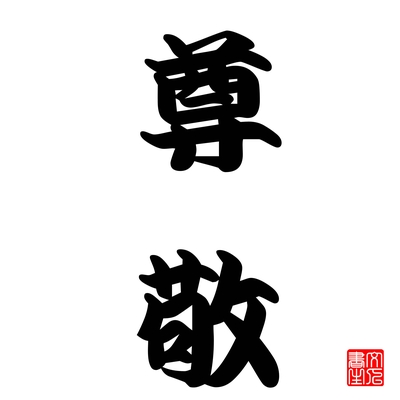POPULAR PHRASES WE'D LIKE TO CHANGE #3
There’s a not-so-new four-letter word we love to hate, one that the media (and our professions) are all over.
In one word? Icon.
At least five times a week, sometimes more (depending on the news and featured celebrity), headlines and Web copy label a style as “iconic” or a recently deceased personage, an “icon.” Now, please don’t misunderstand us: Elizabeth Taylor, for one, was the ultimate Hollywood icon, an enduring and classic symbol of the acting industry. And Ralph Lauren could be deemed an iconic designer who popularized that certain je ne sais quoi of preppie-dom.
![]() As communications stylists, we liberally toss around the word as representative of our ideas. Developing a series of icons, for instance, enables us to communicate in a pictorial shorthand a desired action, a behavior, a brand to a set of stakeholders. Geeks, too, have seized on these images as signaling quick entrances or exits into different computer programs and files. [Steve Jobs, we thank you.]
As communications stylists, we liberally toss around the word as representative of our ideas. Developing a series of icons, for instance, enables us to communicate in a pictorial shorthand a desired action, a behavior, a brand to a set of stakeholders. Geeks, too, have seized on these images as signaling quick entrances or exits into different computer programs and files. [Steve Jobs, we thank you.]
Too, don’t forget that our favorite four letters originated with the Greek meaning “image,” associated at that time with a religious work of art from Eastern Christianity. As defined by art historians, icons are usually flat panel paintings – also carvings, castings, embroideries, printings – picturing a religious being or objects such as angels. Colors in these artworks also had iconic (ahem!) meanings, with red used for divine life; gold, the radiance of heaven; blue, human life.
With all that serious history, it’s difficult to call even the moderately famous “icons.” [Clarence Clemons, Bruce Springsteen’s late and great saxophonist, does fit that bill, in our opinion.] Or describe a popular style, like the wearing of Uggs, as iconic. [Add your own two favorite icons here.]
Maybe we’ll know it’s time to retire the word when Fox re-brands “American Icon.”
 Tuesday, September 11, 2012 at 12:00PM | in
Tuesday, September 11, 2012 at 12:00PM | in  Writing
Writing 



